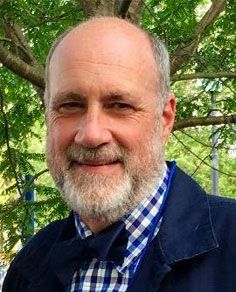Member for
5 years 1 month
Alan wrote his first program in 1976 as a freshman in high school where his first tape was a paper punch tape to save programs on. After a brief career in medicine, Alan finally gave in to the geek/nerd/looser and made Computer Science (as it was called then) his career. With an undergrad in Computer Science, he began a Federal Information Technology career in 1985 working on a large complex distributed mini-computer system spread to the furthest rural communities of the Southern United States. Baud rates were horrifically slow but cutting edge compared to the microwave system used to reach wildly remote areas where phones were barely workable. Real-to-real to tapes were the order of the day and every system used them for backups and uCode updates. Because most of the systems were so remote and with little onsite expertise, he wrote automation software for national release to keep the systems up as much as possible within questionable environments. He was awarded the highest awards in the civilian agency numerous times for the accomplishments that helped bring the agency into the modern computing era.
In 1997 Alan changed agencies at the National Oceanic and Atmospheric Administration (NOAA) to return to programming. He began writing new ingest capabilities for many data streams and this work evolved into an Enterprise Ingest and Archive System (IAS) that is still in use today at NOAA’s National Centers for Environmental Information (NCEI). As the Team Lead for Data Operations, he developed the systems and processes to migrate 95,000 8mm tapes containing NEXt Generation RADar (NEXRAD) into an IBM robotic tape library. This migration opened timely access (from days to hours) to critical data in predicting severe weather of all kinds for the protection of life and property. Alan’s work with the United Nations’ World Meteorological Organization (WMO) to equip ocean ships with climate quality instruments culminated into a new class of observations.
Currently he is the Operations Manager and System Owner for NOAA’s Comprehensive Large Array Storage System (CLASS). The program stewards almost 15PB of data in two geographic locations (30PB total) on Spectra Logic’s T-Finity series robotics. The team just completed a migration at one facility from LTO-6 technology to LTO-8 opening up higher density storage for the near future. The next migration for the second facility will be from LTO-6 to a Cloud provider. Many projects and accomplishments over the years have resulted in Agency and Department level awards.
